ESI NEVA UNO User manual

24-bit / 192 kHz USB-C Audio Interface
with Microphone Preamp
User’s Guide

ESI - Copyright © 2023
Revision 2, September 2023
www.esi-audio.com

ESI Neva Uno
3
INDEX
1. Introduction .................................................................................................................................. 4
1.1 Connectors & Functions ....................................................................................................................................... 4
2. Installation .................................................................................................................................... 5
2.1 System Recommendation ..................................................................................................................................... 5
2.2 Hardware Installation ........................................................................................................................................... 5
2.3 Driver & Software Installation ............................................................................................................................. 5
2.3.1 Installation under Windows .............................................................................................................................. 6
2.3.2 Installation under OS X / macOS ...................................................................................................................... 7
3. Windows Control Panel ............................................................................................................... 8
3.1 Latency and buffer settings .................................................................................................................................. 9
3.2 DirectWIRE Routing and virtual channels ........................................................................................................... 9
3.3 DirectWIRE Loopback ...................................................................................................................................... 11
3.4 Windows Audio Settings ................................................................................................................................... 11
4. OS X / macOS Control Panel .................................................................................................... 13
4.1 Latency and buffer settings ................................................................................................................................ 14
4.2 DirectWIRE Loopback ...................................................................................................................................... 14
5. Specifications .............................................................................................................................. 15
6. General Information .................................................................................................................. 16

ESI Neva Uno
4
1. Introduction
Congratulations on your purchase of Neva Uno, a high quality USB-C audio interface to connect a
microphone, synthesizer or guitar and to listen with headphones or studio monitors in 24-bit / 192
kHz audio quality. Neva Uno works with your Mac or your PC and as a fully class compliant device
even with many portable devices such as iPad and iPhone (via an adapter like the Apple Lightning to
USB 3 Camera Connector). This stylish audio interface is so small, it will instantly become your new
companion on the go and in your studio. Neva Uno is USB bus powered and Plug & Play, just plug
it in and start working. While Neva Uno is a USB-C device and optimized for USB 3.1 operation, it
is also compatible with standard USB 2.0 ports.
1.1 Connectors & Functions
The front, back and top panel of the Neva Uno hardware has these main features:
1. +48V Phantom Power Switch to provide power for a
condenser microphone. When enabled, the power
LED illuminates red, when disabled orange.
2. Line Hi-Z Switch for input 2 to switch between Line
level and Hi-Z guitar signals.
3. Direct Monitoring Switch to enable or disable input
monitoring to listen to the input signals.
4. Gain Knob 1 to change the input gain / input level for
input 1. The LED ring indicates the signal level: green
(= good), orange (= optimal), red (= too high).
5. Gain Knob 2 to change the input gain / input level for
input 2. The LED ring indicates the signal level: green
(= good), orange (= optimal), red (= too high).
6. Volume Knob to change the main output volume for
connected headphones and speakers.
7. XLR / TRS Combo Input 1 to connect a microphone
via XLR cable or a line signal via 1/4" TRS
connector.
8. TRS Input 2 to connect a line signal via 1/4" TRS
connector or an electric guitar with 1/4" TS connector.
9. Headphone Output to connect headphones.
10. Line Output 1 / 2 to connect the stereo master line
level output signal via RCA cables for left and right
channels. This is the output that connects to your
active studio monitors or amplifier or a mixing desk.
11. USB-C Connector to connect the audio interface to a
PC, Mac, tablet or mobile phone.

ESI Neva Uno
5
2. Installation
2.1 System Recommendation
Neva Uno is not simply a standard digital audio interface, but a high-resolution device capable of
advanced processing of audio content. Even though Neva Uno is built to have low-CPU resource
dependability, system specifications play a key part in its performance. Systems with more advanced
components are generally recommended.
Minimum System Requirements
PC
-
Windows 10 or 11 (32- and 64-bit) operating system
-
Intel CPU (or 100% compatible)
-
1 available USB 2.0 or USB 3.1 port ("type A" with the included cable or "type C" with an optional
USB-C to USB-C cable)
Mac
-
OS X / macOS 10.9 or higher
-
Intel or 'Apple Silicon' M1 / M2 CPU
-
1 available USB 2.0 or USB 3.1 port ("type A" with the included cable or "type C" with an optional
USB-C to USB-C cable)
2.2 Hardware Installation
Neva Uno is directly connected to an available USB port of your computer. The connection to your
computer is done either via a so-called "type A" or a "type C" port. For the default and more common
connector ("type A"), a cable is included. For "type C" a different cable or an adapter is needed (not
included). Connect one end of the USB cable with Neva Uno and the other one to the USB port of
your computer.
USB "type A" port of a computer USB "type C" port of a computer
2.3 Driver & Software Installation
After the connection of Neva Uno, the operating system automatically detects it as a new hardware
device. However, you should install our driver and control panel to use it with full functionality.
We strongly recommend to download the latest driver from www.esi-audio.com before installing
Neva Uno on your computer. Only if our driver and control panel software is installed, all the
functionality is provided under Windows and OS X / macOS.
You can always find the latest drivers and software for both Mac and PC for your Neva Uno
by going to this page in your web browser:
>>> http://en.esi.ms/118 <<<

ESI Neva Uno
6
2.3.1 Installation under Windows
The following explains how to install Neva Uno under Windows 10. If you use Windows 11, the
steps are basically the same. Do not connect Neva Uno to your computer before you install the driver
- if you have connected it already, disconnect the cable for now.
To start the installation, launch the setup program, which is an .exe file that is inside a recent driver
download from our website by double clicking on it. When launching the installer, Windows might
display a security message. Make sure to allow the installation. After that, the following dialog on
the left will appear. Click Install and then the installation will be done automatically. The dialog on
the right will appear:
Now click Finish - it is strongly recommended to leave Yes, restart the computer now selected to
reboot the computer. After the computer has rebooted, you can connect Neva Uno. Windows will
automatically setup the system so you can use the device.
To confirm the completion of the installation, please check if the orange color ESI icon is displayed
in the taskbar notification area as shown below.
If you can see it, the driver installation has been completed successfully.

ESI Neva Uno
7
2.3.2 Installation under OS X / macOS
To use Neva Uno under OS X / macOS, you need to install the control panel software from the
download from our website. This procedure is basically the same for all the different versions of OS
X / macOS.
The control panel gets installed by double clicking on the .dmg file and then you will get the following
window in Finder:
To install the Neva Uno Panel, click and drag it with your mouse to the left to Applications. This will
install it into your Applications folder.
Controlling some of the basic options of Neva Uno under OS X / macOS can be done via the Audio
MIDI Setup utility from Apple (from the folder Applications > Utilities), however the main functions
are controlled by our dedicated control panel application that has now been placed into your
Applications folder.

ESI Neva Uno
8
3. Windows Control Panel
This chapter describes the Neva Uno Control Panel and its functions under Windows. To open the
control panel double click on the orange ESI icon in the task notification area. The following dialog
will appear:
The File menu provides an option called Always on Top that makes sure the Control Panel stays
visible even when working in other software and you can launch the Windows Audio Settings there.
The Config menu allows you to load the Factory Defaults for the panel and driver parameters and
you can select the Sample rate there as well (as long as no audio is being played back or recorded).
As Neva Uno is a digital audio interface, all applications and audio data will be processed with the
same sample rate at a given time. The hardware natively supports rates between 44.1 kHz and 192
kHz.
The Help > About entry shows current version information.
The main dialog has two sections:
INPUT
This section allows you to control the input volume and there are signal level meters for the two
physical input channels. Under it there is a button that allows you to MUTE the input signal. The
change in level is shown in dB values.
To control both left and right channels simultaneously (stereo), you need to move the mouse pointer
in the middle between the two faders. Click directly on each fader to change channels independently.
OUTPUT
This section contains volume control sliders and signal level meters for the two playback channels.
Under it there is button that allows you to MUTE playback and there are playback level values
displayed for each channel in dB.

ESI Neva Uno
9
To control both left and right channels simultaneously (stereo), you need to move the mouse pointer
in the middle between the two faders. Click directly on each fader to change channels independently.
3.1 Latency and buffer settings
Via Config > Latency in the Control Panel it is possible to change the latency setting (also called
“buffer size”) for the driver of Neva Uno. A smaller latency is the result of a smaller buffer size and
value. Depending on the typical application (e.g. for playback of software synthesizers) a smaller
buffer with a smaller latency is an advantage. At the same time, the best latency setting indirectly
depends on the performance of your system and when the system load is high (for instance with more
active channels and plugins), it can be better to increase the latency. The latency buffer size is selected
in a value called samples and if you are curious about the actually latency time in milliseconds, many
recording applications display this value inside the settings dialog there. Please note that the latency
has to be setup before launching the audio application using Neva Uno.
Via Config > USB Buffer, you can select the number of USB data transfer buffers used by the driver.
In many cases, these values do not need to be changed, however as they have a bit of an influence on
the audio latency and on stability, we allow you to fine tune this setting. In some applications where
real time processing and latency values or better performance at high system load are critical, you
can optimize the values here additionally. Which value is best on your system depends on a number
of factors such as what other USB devices are used at the same time and what USB controller is
installed inside your PC.
3.2 DirectWIRE Routing and virtual channels
Under Windows, Neva Uno has a feature called DirectWIRE Routing that allows fully digital internal
loopback recording of audio streams. This is a great feature to transfer audio signals between audio
applications, create mix downs or to provide content for online live streaming applications.
Note: DirectWIRE is a very powerful feature for special applications and professional usage. For
most standard recording applications with only one audio software and for pure audio playback, no
DirectWIRE settings are needed at all and you should not change those settings unless you know
what you want to achieve.
To open the related settings dialog, select the DirectWIRE > Routing entry via the top menu of the
control panel software and the following window appears:

ESI Neva Uno
10
This dialog allows you to virtually connect playback (output) channels and input channels with virtual
cables on the screen.
The three main columns are labeled INPUT (the physical hardware input channel), WDM/MME (the
playback/output and input signals from audio software that use the Microsoft MME and WDM driver
standard) and ASIO (the playback/output and input signals from audio software that uses the ASIO
driver standard).
The rows from top to down represent the available channels, first the two physical channels 1 and 2
and under it a pair of VIRTUAL channels numbered 3 and 4. Both the physical and virtual channels
are represented as separate stereo WDM/MME devices under Windows and in your applications and
also as channels accessible via the ASIO driver in software that uses that driver standard.
Finally, the MME/WDM and ASIO playback can be muted (= not sent to the physical output) by
clicking on OUT if required.
DirectWIRE example
For further explanation, let's look at the following example configuration. Please note that every
application of DirectWIRE is specific and there is hardly any universal setup for certain complex
requirements. This example is simply to illustrate some of the powerful options:
You can see here connections between ASIO OUT 1 and ASIO OUT 2 to WDM/MME VIRTUAL IN
1 and WDM/MME VIRTUAL IN 2. This means that any playback of an ASIO application via channel
1 and 2 (for instance your DAW) will be sent to the WDM/MME wave device 3/4, allowing you to
record or maybe live stream the output of the ASIO software with an application that records on
channel 3/4.
You can also see that the playback of channel 1 and 2 (WDM/MME OUT 1 and WDM/MME OUT 2)
is connected with the ASIO input of channel 1 and 2 (ASIO IN 1 and ASIO IN 2). This means that
anything any MME/WDM compatible software plays on channel 1 and 2 can be recorded / processed
as input signal in your ASIO application. This signal cannot be heard via the physical output of Neva
Uno since the OUT button is set to mute.

ESI Neva Uno
11
3.3 DirectWIRE Loopback
Neva Uno also provides a feature we call DirectWIRE Loopback, a quick, simple and efficient
solution to record or stream playback signals, no matter what audio applications you are using.
To open the related dialog, select the DirectWIRE > Loopback entry via the top menu of the control
panel software and the following window appears, showing the option to loop back signals from the
virtual playback channel 3 and 4 or from the hardware playback channel 1 and 2.
Neva Uno provides a virtual channel recording device as input channels 3 and 4.
By default (shown above on the left), the signal that can be recorded there is identical to the signal
played via the virtual playback device channel 3 and 4.
Alternatively (shown above on the right), the signal that can be recorded there is identical to the main
playback signal from channel 1 and 2, which is the same signal also sent out through the line output
and headphone outputs.
This makes it possible to record the playback internally. For instance, you can use it to playback any
audio signal in any application while you record it with a different software or you could record the
main master output signal on the same computer. There are many possible applications, i.e. you can
record what you are streaming online or you can save the output of a software synthesizer application.
Or you stream what you are doing in real time to the internet.
3.4 Windows Audio Settings
Via the Windows Sound control panel icon or by selecting File > Windows Audio Settings in our
control panel software, you can open these Playback and Recording dialogs:

ESI Neva Uno
12
In the Playback section you can see the main MME / WDM audio device, which Windows labels
Speakers. This represents the output channels 1 and 2. In addition there is a virtual channel device,
Neva Uno 3&4 Loopback.
In order to hear the system sounds and to hear sounds from standard applications such as your web
browser or a media player via Neva Uno, you need to select it as the default device in your operating
system by clicking on it and then click Set Default.
The Recording section similarly has the main input device that represents channel 1 and 2 which are
used to record signals from the physical input channels. There is also a device with virtual channels,
Neva Uno 3&4 Loopback.
Please note that any audio hardware that is installed in your computer already will also appear on this
list and you need to choose which one you want to use by default here. Note that most audio
applications have their own settings for this.

ESI Neva Uno
13
4. OS X / macOS Control Panel
This chapter describes the Neva Uno Control Panel and its functions on the Mac. Under OS X /
macOS, you can find a Neva Uno icon in the Applications folder. Double click on this to launch the
control panel software and the following dialog will appear:
The File menu provides an option called Always on Top that makes sure the Control Panel stays
visible even when working in other software and you can launch the macOS Audio Settings there.
The Config menu allows you to load the Factory Defaults for the panel parameters and you can select
the Sample rate there as well. As Neva Uno is a digital audio interface, all applications and audio data
will be processed with the same sample rate at a given time. The hardware natively supports rates
between 44.1 kHz and 192 kHz.
The Help > About entry shows current version information.
The main dialog has two sections:
INPUT
This section allows you to control the input volume. Under it there is a button that allows you to
MUTE the input signal. The change in level is shown in dB values.
To control both left and right channels simultaneously (stereo), you need to move the mouse pointer
in the middle between the two faders. Click directly on each fader to change channels independently.
OUTPUT
This section contains volume control sliders for the two playback channels. Under it there is button
that allows you to MUTE playback and there are playback level values displayed for each channel in
dB.
To control both left and right channels simultaneously (stereo), you need to move the mouse pointer
in the middle between the two faders. Click directly on each fader to change channels independently.

ESI Neva Uno
14
4.1 Latency and buffer settings
Unlike under Windows, on OS X / macOS, the latency setting is depending on the audio application
(i.e. DAW) and usually setup there inside the audio settings of that software and not in our control
panel software. If you are unsure, check the manual of the audio software you are using.
4.2 DirectWIRE Loopback
Neva Uno also provides a feature we call DirectWIRE Loopback, a quick, simple and efficient
solution to record or stream playback signals, no matter what audio applications you are using.
To open the related dialog, select the DirectWIRE > Loopback entry via the top menu of the control
panel software and the following window appears, showing the option to loop back signals from the
virtual playback channel 3 and 4 or from the hardware playback channel 1 and 2.
Neva Uno provides a virtual channel recording device as input channels 3 and 4.
By default (shown above on the left), the signal that can be recorded there is identical to the signal
played via the virtual playback device channel 3 and 4.
Alternatively (shown above on the right), the signal that can be recorded there is identical to the main
playback signal from channel 1 and 2, which is the same signal also sent out through the line output
and headphone outputs.
This makes it possible to record the playback internally. For instance, you can use it to playback any
audio signal in any application while you record it with a different software or you could record the
main master output signal on the same computer. There are many possible applications, i.e. you can
record what you are streaming online or you can save the output of a software synthesizer application.
Or you stream what you are doing in real time to the internet.

ESI Neva Uno
15
5. Specifications
- USB 3.1 audio interface with USB-C connector, USB 2.0 compatible ("type A" to "type C" cable
included, "type C" to "type C" cable not included)
- USB bus powered
- 2 input / 2 output channels at 24-bit / 192kHz
- XLR combo microphone preamp with +48V phantom power support
- Hi-Z instrument input with 1/4" connector
- line output with unbalanced RCA connectors
- headphone output with 1/4" connector
- ADC with 97dB(a) dynamic range
- DAC with 107dB(a) dynamic range
- frequency response: 20Hz to 20kHz, +/- 0.02 dB
- input gain range: 50dB
- input impedance: line 10 KΩ / mic 3.3 KΩ / Hi-Z 500 KΩ
- line max. output level: 15.7dBu
- headphone impedance: 32 Ω
- headphone max. output level: 6.5dBu
- real time hardware input monitoring activated by switch
- master output volume control
- stereo hardware loopback channel for internal recording
- EWDM driver supports Windows 10 / 11 with ASIO 2.0, MME, WDM and DirectSound
- supports OS X / macOS (10.9 and above) via the native CoreAudio USB audio driver from
Apple (no driver installation needed)
- 100% class compliant (no driver installation required on many modern operating systems such as
Linux via ALSA as well as iOS based and other mobile devices)

ESI Neva Uno
16
6. General Information
Satisfied?
If something is not working as expected, please don't return the product and first use our technical
support options via www.esi-audio.com or contact your local distributor. Do not hesitate to give us
feedback or write a review online. We love to hear from you so we can improve our products!
Trademarks
ESI, Neva and Neva Uno are trademarks of ESI Audiotechnik GmbH. Windows is a trademark of
Microsoft Corporation. Other product and brand names are trademarks or registered trademarks of
their respective companies.
The FCC and CE Regulation Warning
This device complies with Part 15 of the FCC Rules. Operation is subject to the following two
conditions: (1) this device may not cause harmful interference, and (2) this device must accept any
interference received, including interference that may cause undesired operation. Caution: Any
changes or modifications in construction of this device with are not expressly approved by the party
responsible for compliance, could void the user's authority to operate equipment.
Note: This equipment has been tested and found to comply with the limits for a Class A digital device,
pursuant to Part 15 of the FCC Rules. These limits are designed to provide reasonable protection
against harmful interference when the equipment is operated in a commercial environment. This
equipment generates, uses, and can radiate radio frequency energy and, if not installed and used in
accordance with the instruction manual, may cause harmful interference to radio communications.
Operation of this equipment in a residential area is likely to cause harmful interference in which case
the user will be required to correct the interference at his own expense. If necessary, consult an
experienced radio/television technician for additional suggestions.
Correspondence
For technical support inquiries, contact your nearest dealer, local distributor or ESI support online at
www.esi-audio.com. Please also check our extensive Knowledge Base with Frequently Asked
Questions, installation videos and technical details about our products in the support section of our
website.
Disclaimer
All features and specifications subject to change without notice.
Parts of this manual are continually being updated. Please check our web site www.esi-audio.com
occasionally for the most recent update information.
Other manuals for NEVA UNO
1
Table of contents
Other ESI Recording Equipment manuals

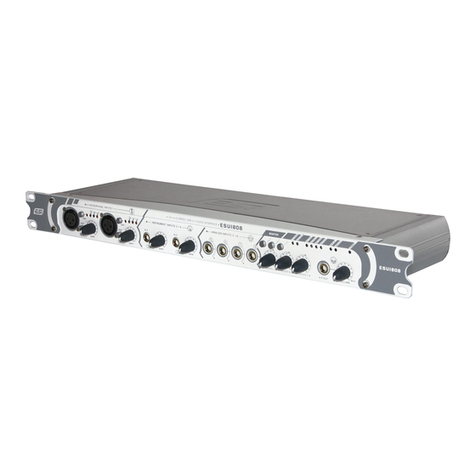
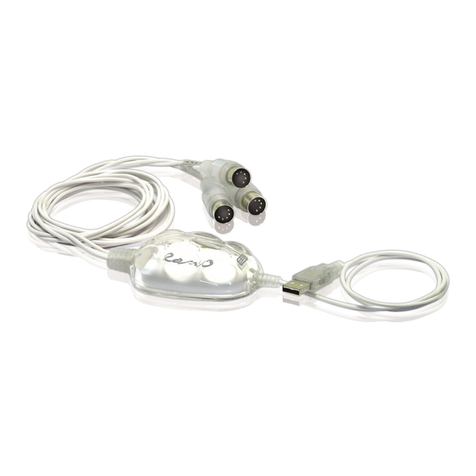
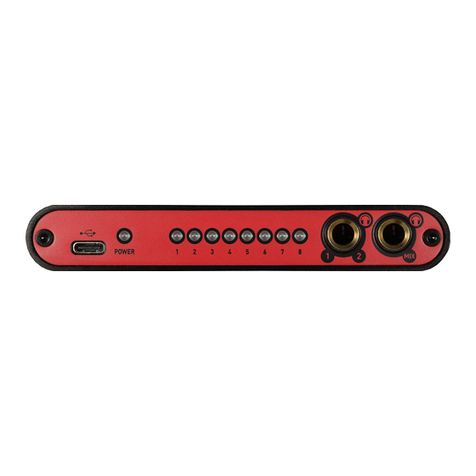
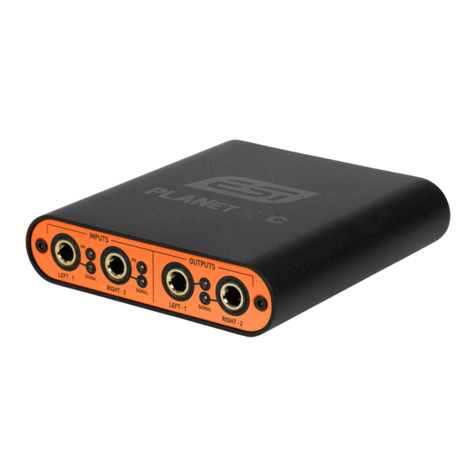
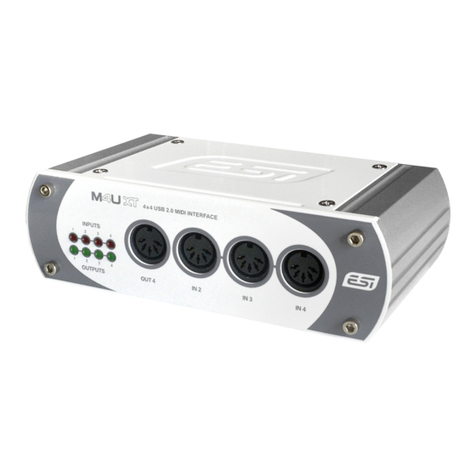

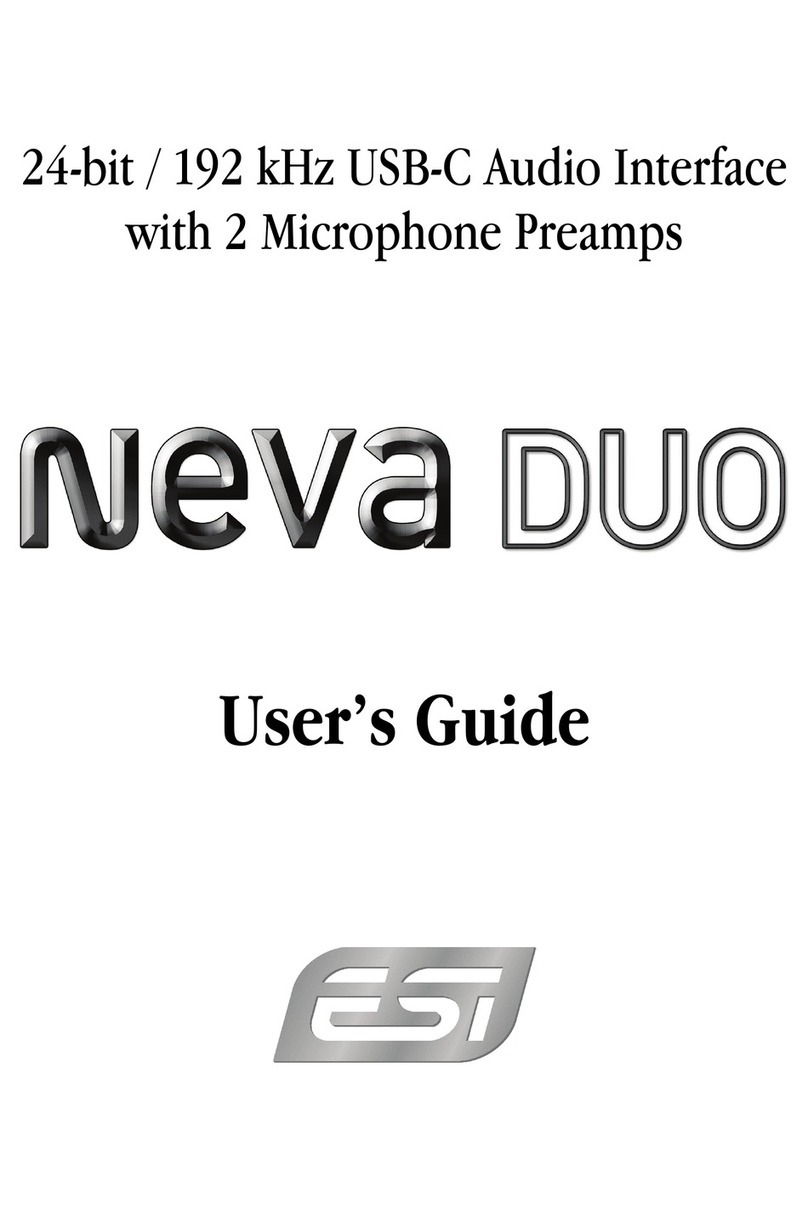
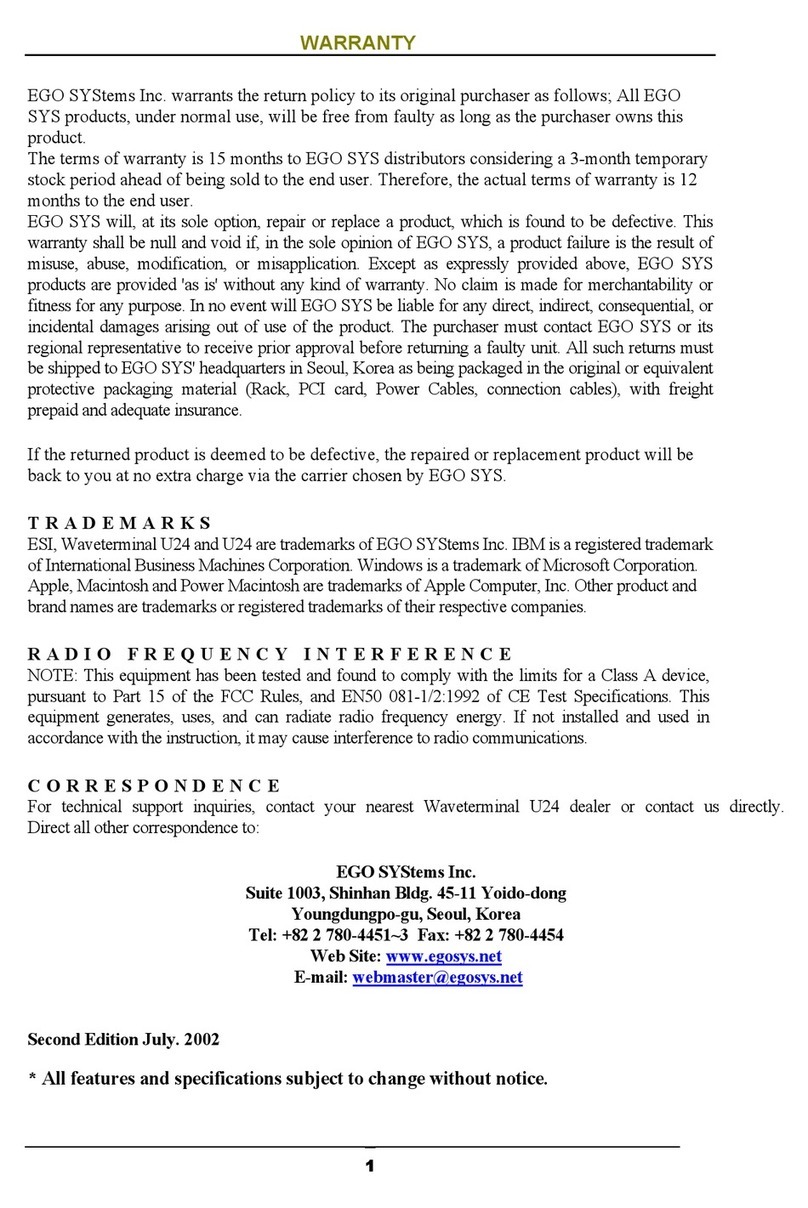
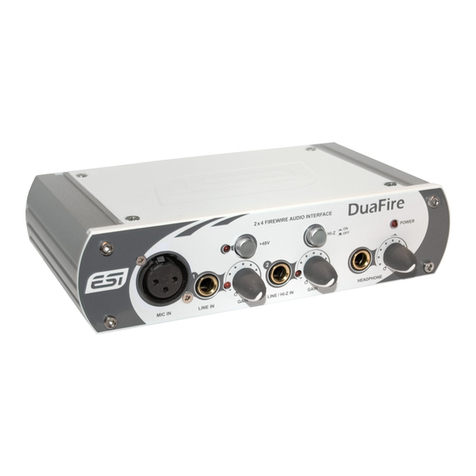

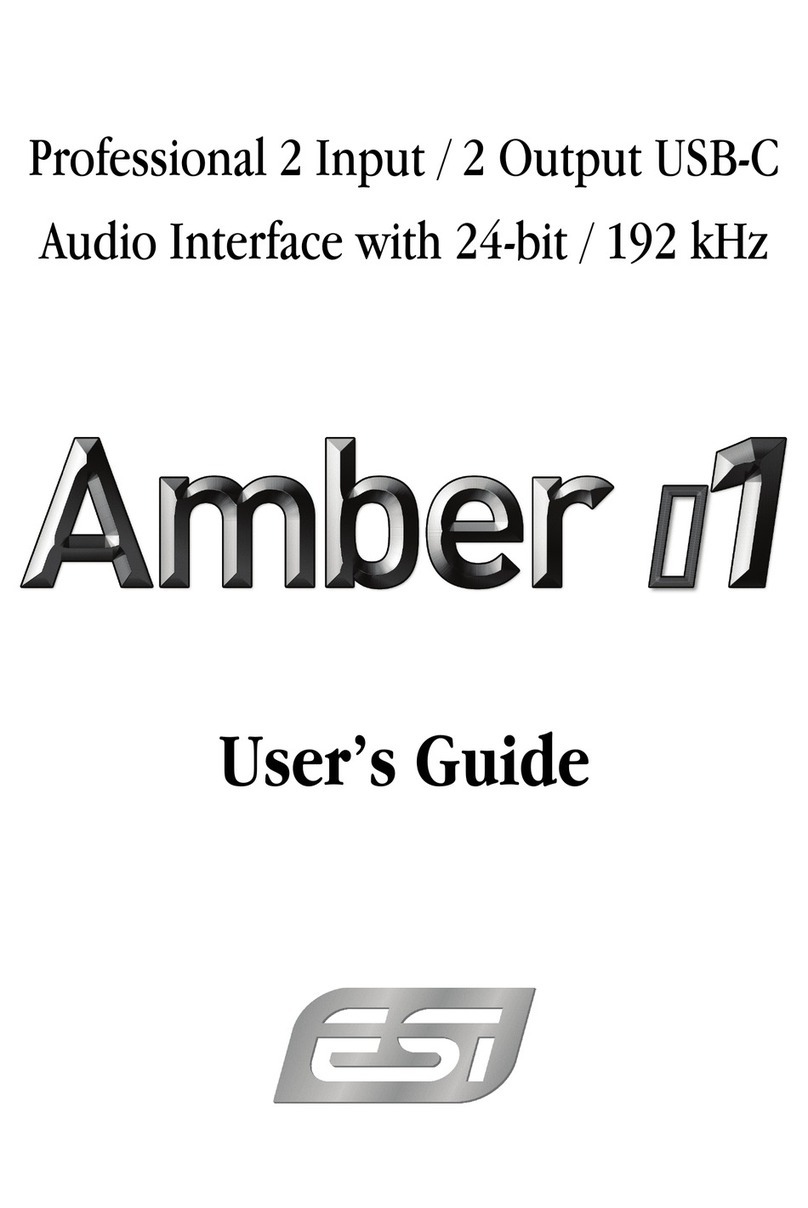
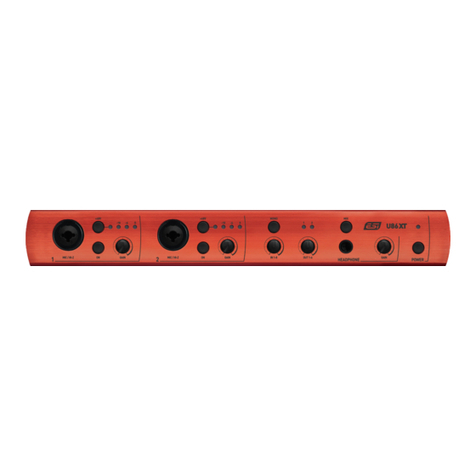
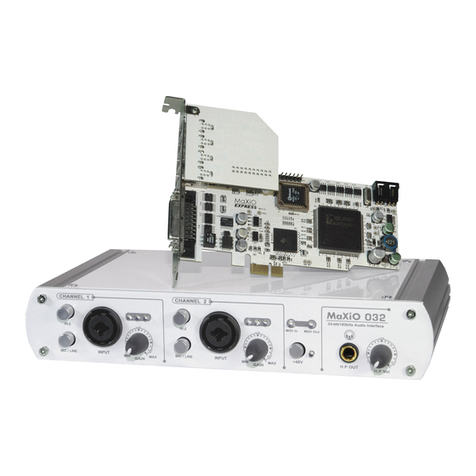
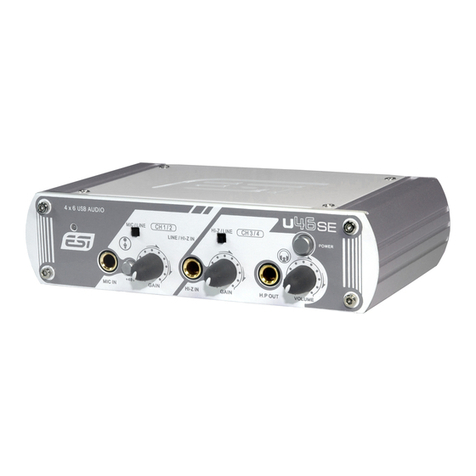
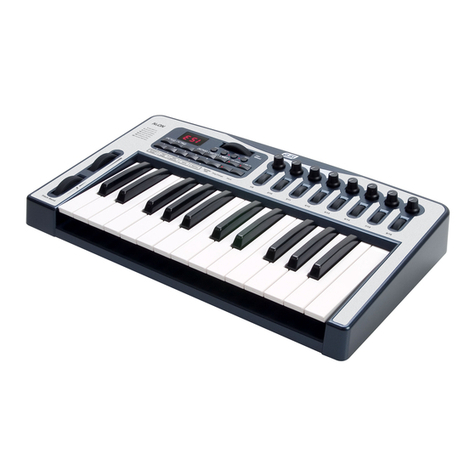
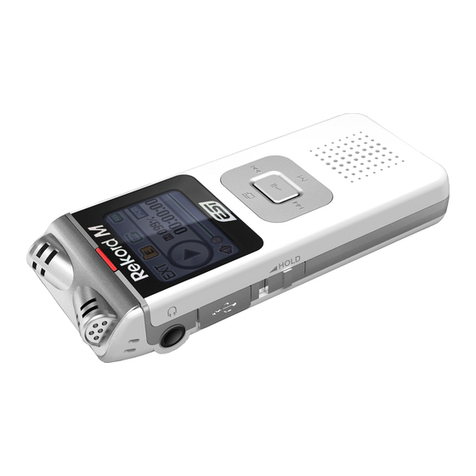
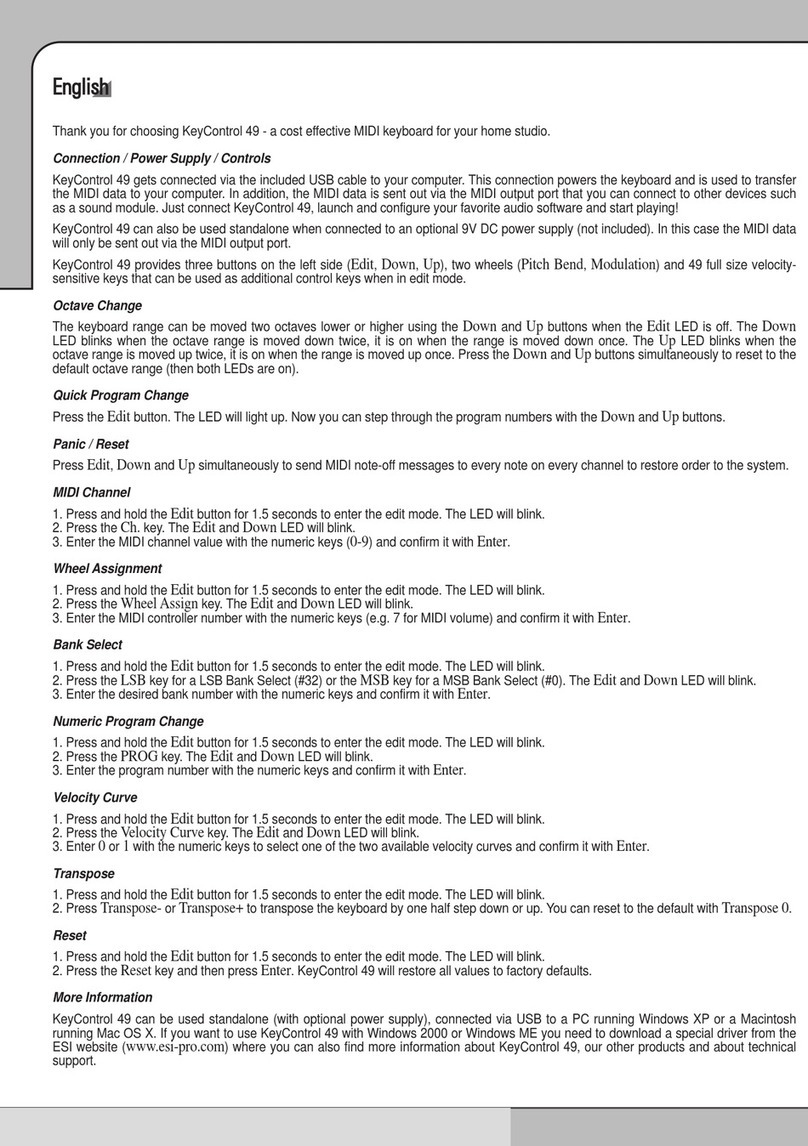

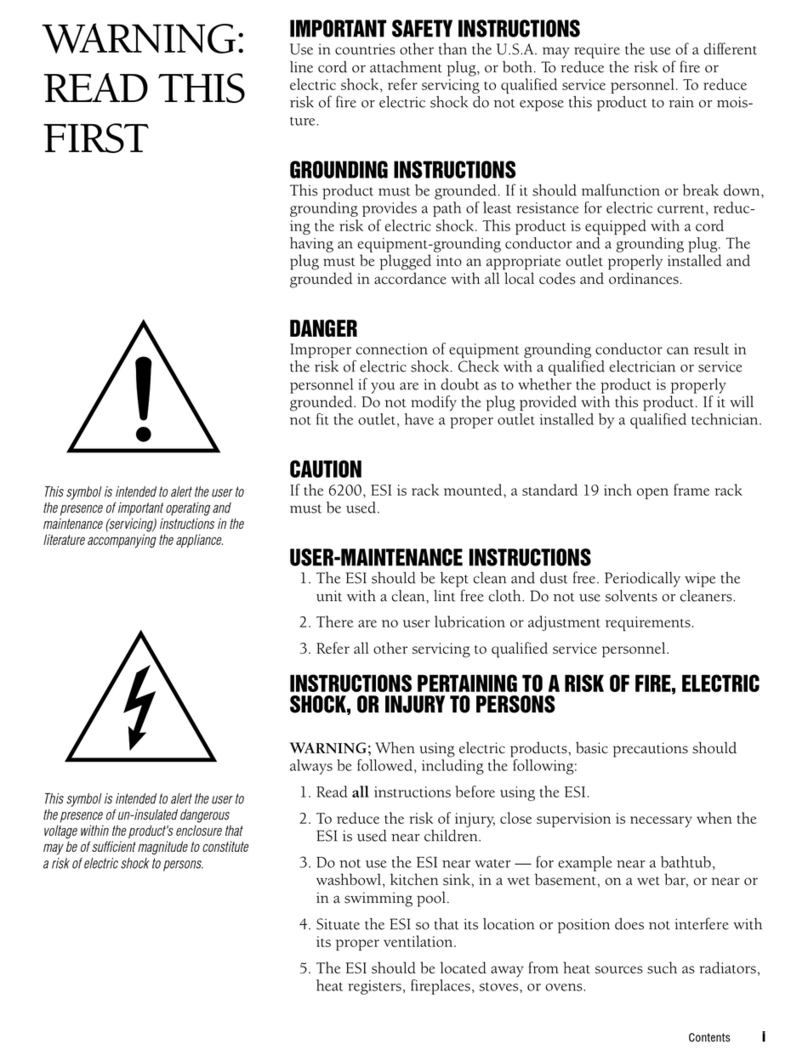
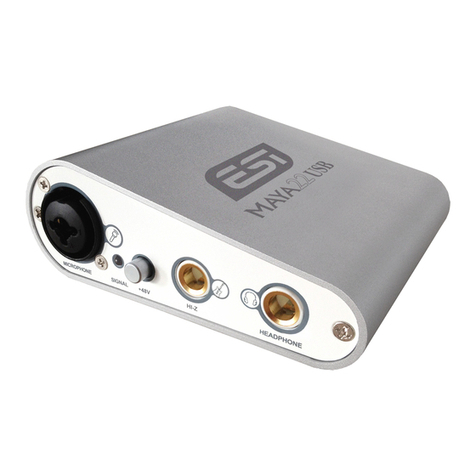

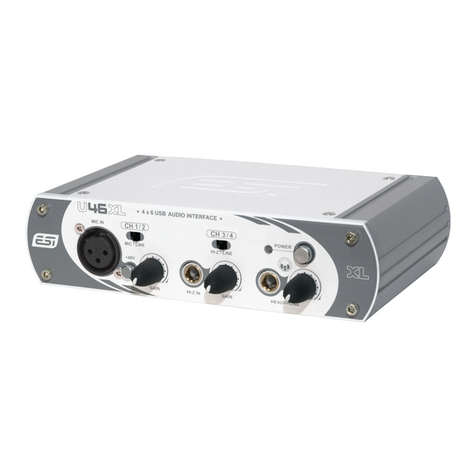

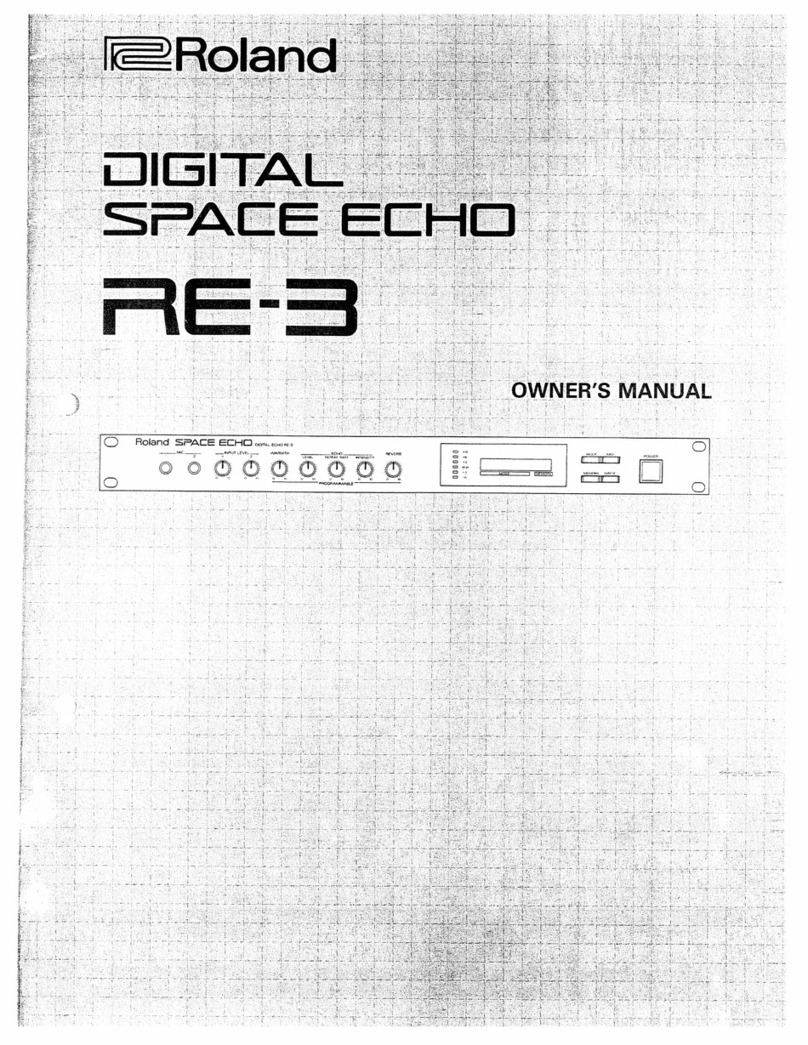
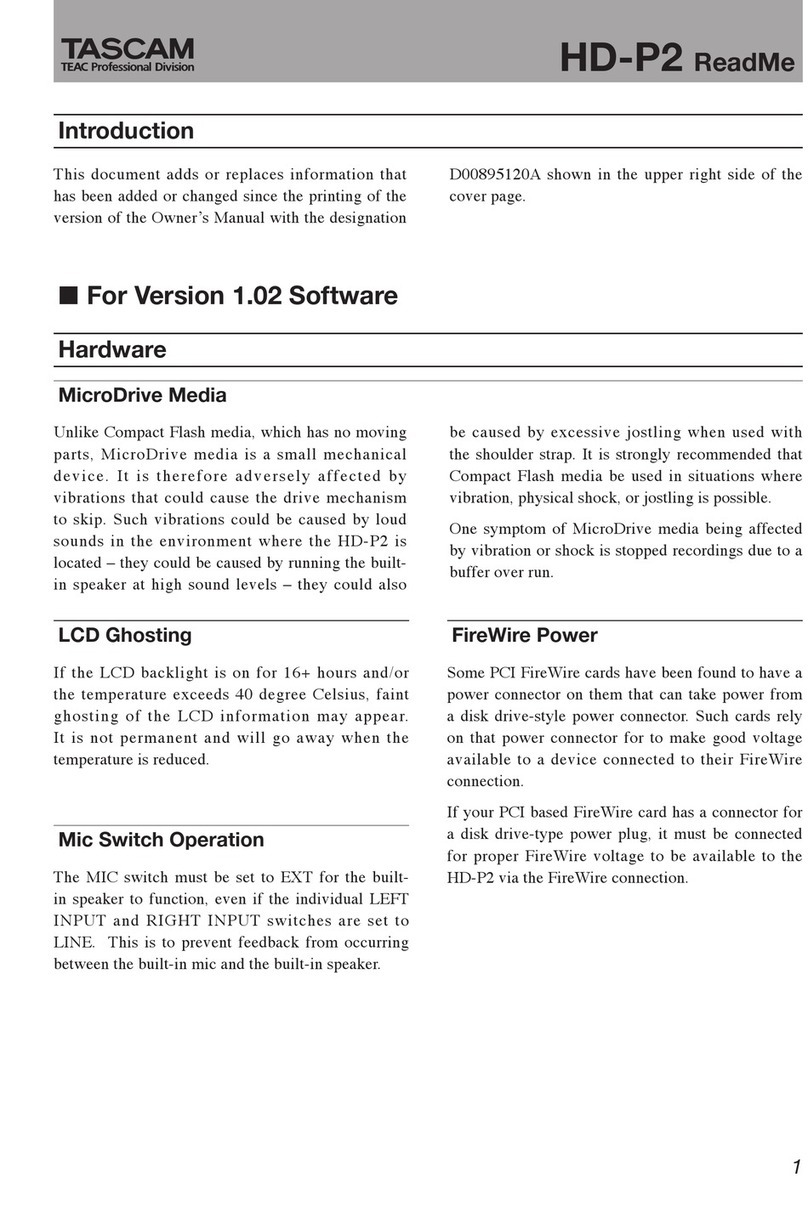
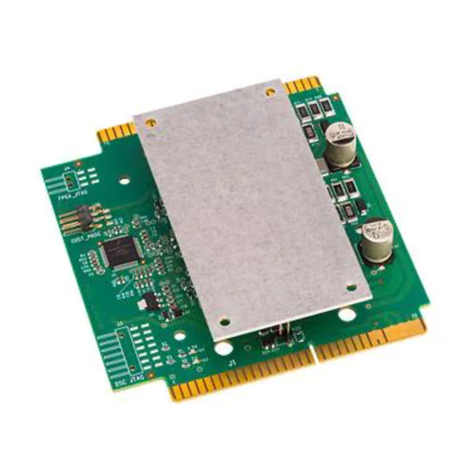
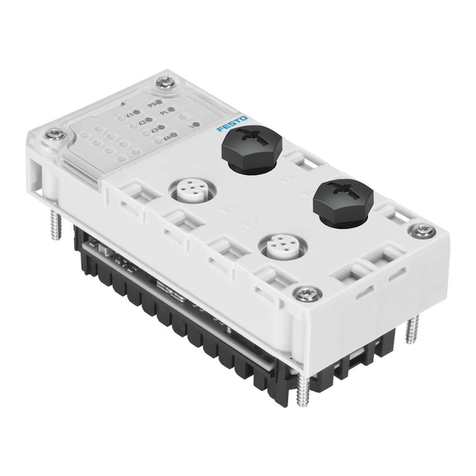
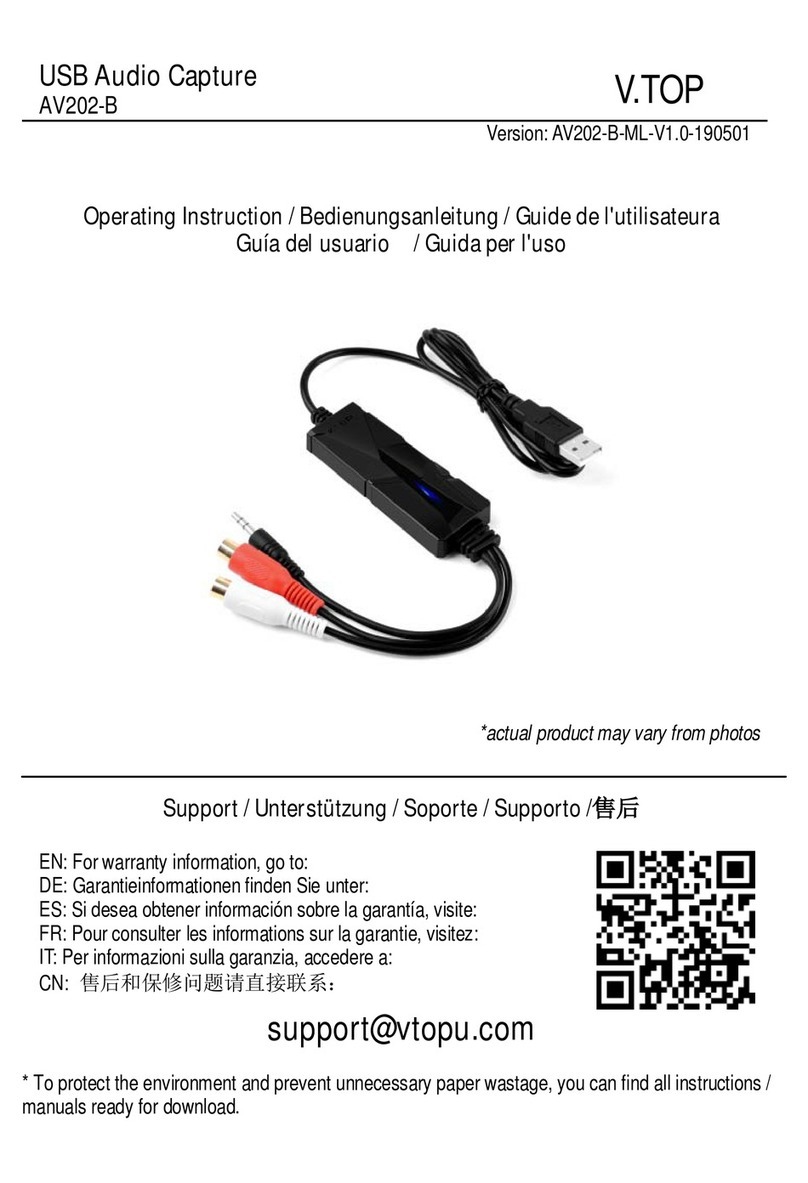
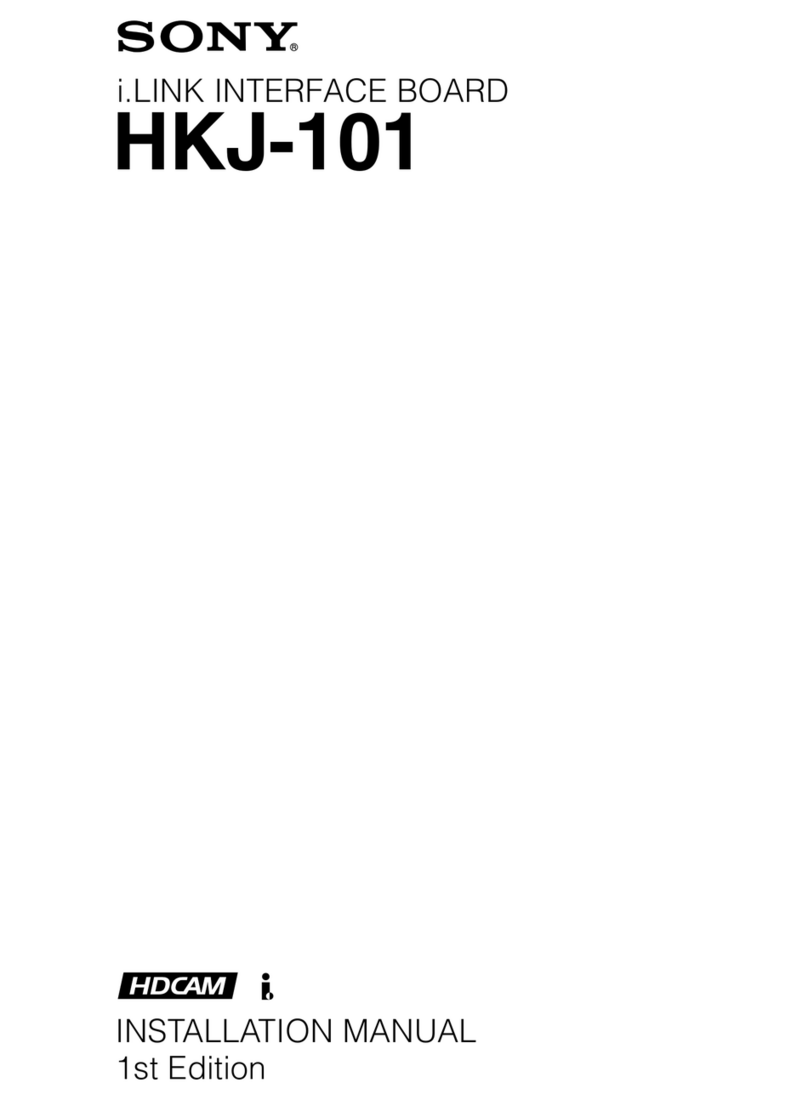
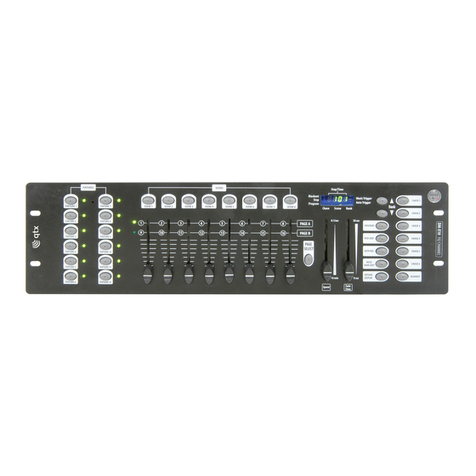
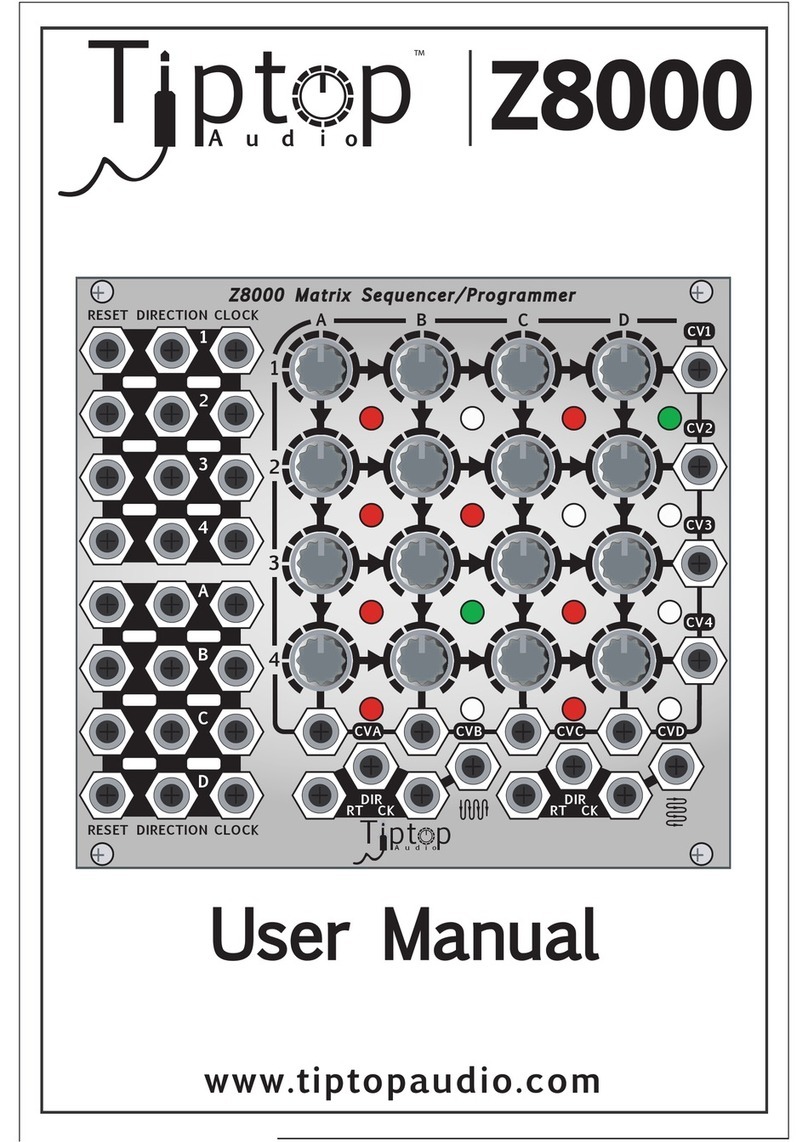
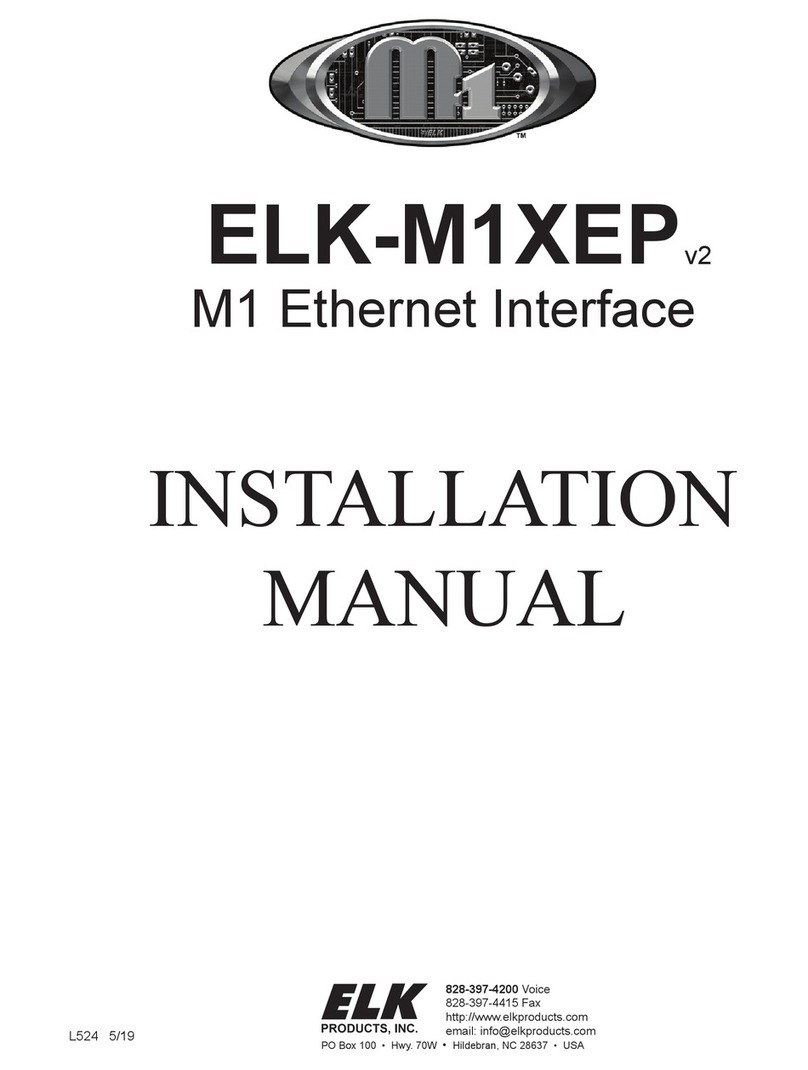
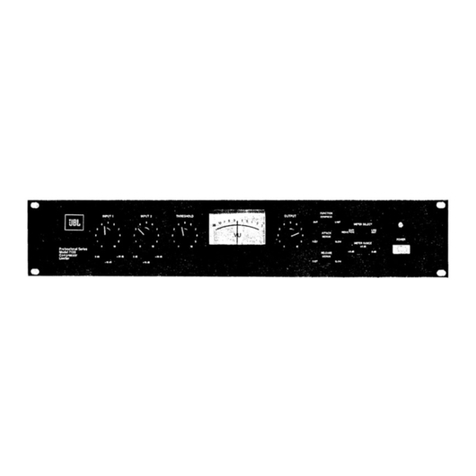
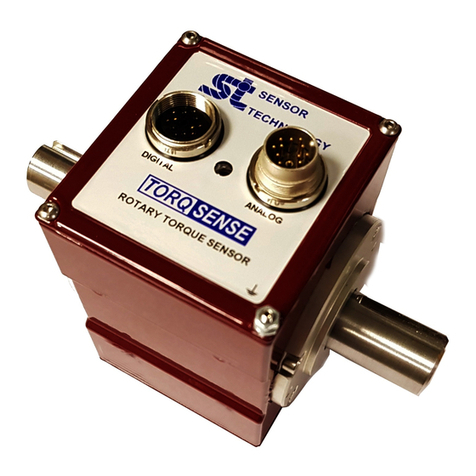

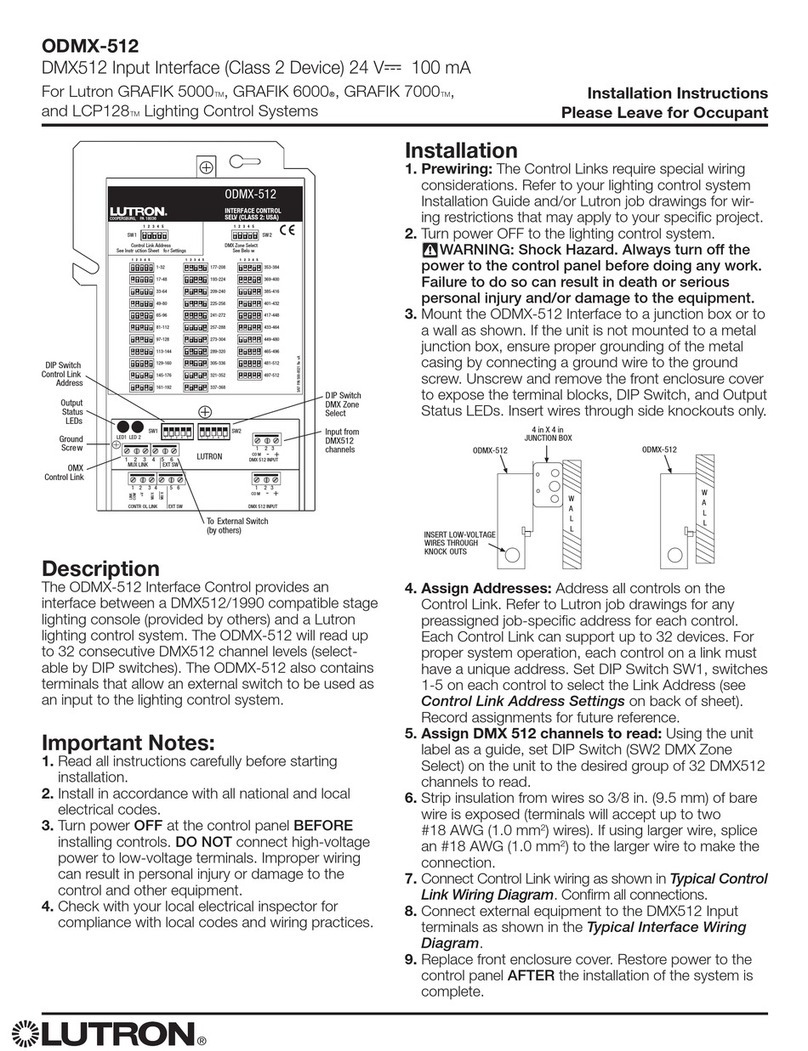

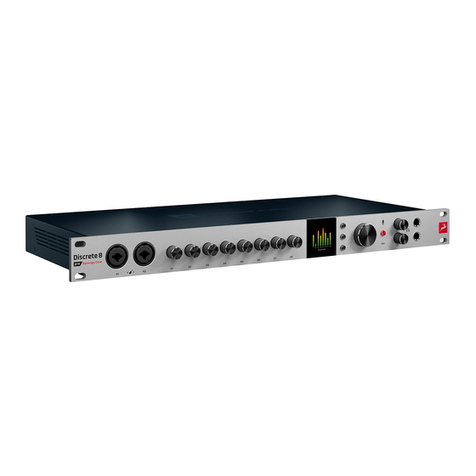
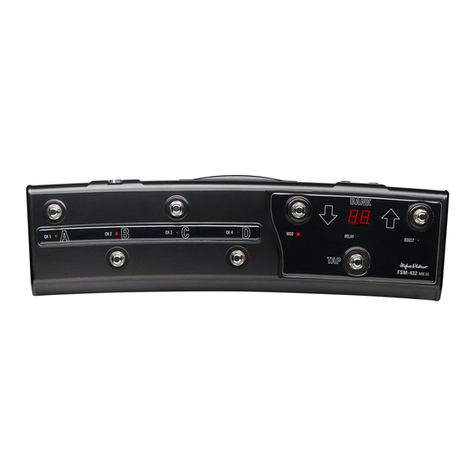
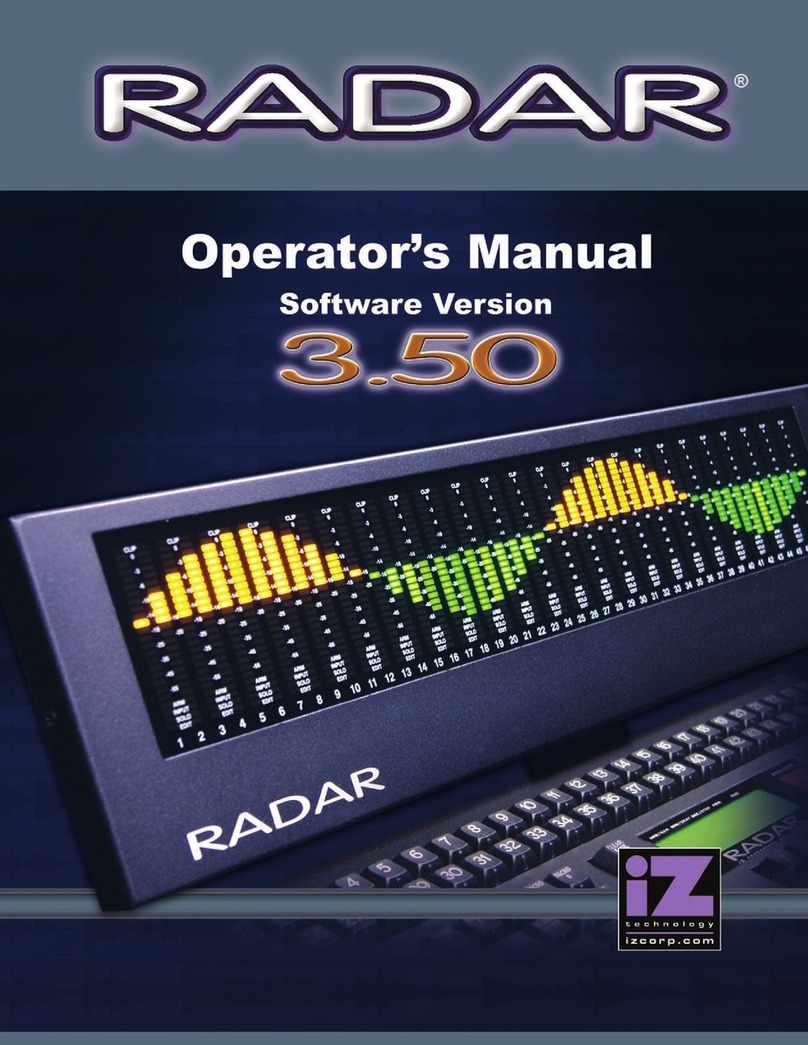
![Novation Launchpad Mini [MK3] user guide Novation Launchpad Mini [MK3] user guide](/data/manuals/1k/r/1krbl/sources/novation-launchpad-mini-mk3--manual.jpg)